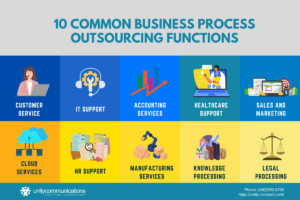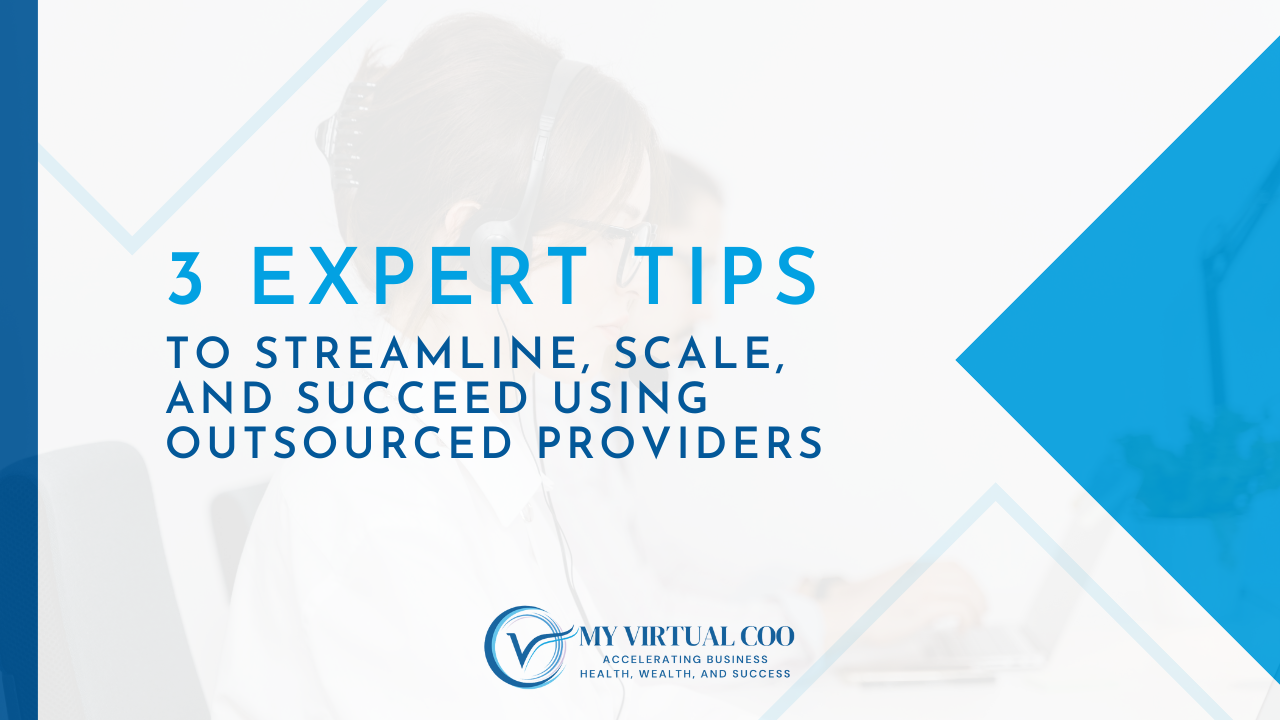
Scaling your business with outsourcing
There was a time when the word “outsourcing” was barely mentioned. Today, it is as common in the office as a laptop or smart phone. The gig economy has been making deeper waves in the past 10 years, but with the pandemic, it escalated exponentially.
Outsourcing allows companies of all sizes to grow quickly, while reducing operating costs – which only adds to the bottom line.
According to Deloitte research, the top reason for outsourcing (70%) is cost reduction and the second reason is flexibility (40%).
Outsourcing reduces costs by eliminating the need to hire full-time experts that require healthcare, office space, equipment and other insurances. This cost saving opens the door to interim expert help until you have grown enough to afford a full-time hire. This flexibility also provides the ability to split the investment of one full-time hire among multiple expert outsourcers to fill specific skill gaps.
Professional outsourcers can handle virtually every type of task, from answering emails to marketing, operations, HR and website development. It doesn’t stop there and can include compliance, reporting, ghost writing, and much more. The potential for outsourced or remote assistance is only limited by your imagination.
WHEN to outsource
When your firm experiences the following:
- 1. You need a quick turnaround time on certain projects
- 2. Staff is overloaded
- 3. There is no time, ability, or resources to train the staff on a specific skill
- 4. Staff have no interest in doing certain types of work and it wouldn’t be a skill that they need to learn to move forward in their career
It can be a challenge to take this leap but as you review your operations and departments, ask yourself: Is this a core competency, a revenue generating activity? If not, consider outsourcing.
WHAT to outsource
The easiest items to outsource are non-client facing work or repetitive work. The favored outsourcers currently are bookkeepers, fractional CFOs, fractional HR, data entry and analysis, legal, content writers, website designers, process designers, IT, coaches (leadership, communication).

These favorites most often have clearly defined roles and are not client-facing. Managing a person with client-facing responsibilities can be nerve wrecking for a newer manager. Also, client-facing staff need more mentoring and training to follow and improve business standards and thus should be part of your core team. Your clients value your staff and the personal relationship your firm offers with them.
HOW to outsource and remain compliant
We recommend following these 5 steps to remain compliant and operate effectively:
- 1. Seek vetted, experienced experts in the industry
- 2. Establish CRM processes and repeatable tasks with instructions for the outsourcer to complete and you to monitor
- 3. Use secure communication platforms such as document management systems, CRMs, encrypted email
- 4. Sign a formal contract with the outsourcer that protects your data, your documents, your proprietary business procedures, and your clients
- 5. Schedule a biweekly call with each outsourcer to review outstanding tasks, answer any questions, provide overall guidance on how you would like them to operate
Above all, know that finding and onboarding the right outsourcer takes time. Be patient, ask peers for recommendations, and carve out time for the learning curve that you and the outsourcer will need in the first two months. After 60 days, you should experience trust in their work and find managing the outsourcer to be easy and rewarding.
Wrapping It All Up
Outsourcing isn’t just a buzzword—it’s a smart, strategic way to grow your business without burning out your team or blowing your budget. Whether you’re looking to lighten the load on repetitive tasks or bring in expert help for more complex projects, the key is knowing what to outsource, when to do it, and how to make it successful.
By following the steps we’ve outlined, you’ll be providing your business a more streamlined, happier work culture, and giving yourself more time to focus on the forward vision. By starting small, staying involved, and trusting the steps, you’ll be amazed at the time and energy you can reclaim.
Thinking about taking the leap? Our Directory of Outsourced Providers is a great place to start.
Let outsourcing work for you—your future self will thank you.






